Contents
- History
- Modes of Transportation in the District
- Ferries and Water Transport
- Railway Systems
- Tram Systems
- Overview of Bus Services
- Taxis & Shared Vehicles
- Mumbai Metro and Monorail
- Traffic Map
- Communication Networks
- Print Media
- Radio and Broadcasting
- Graphs
- Road Safety and Violations
- A. Cases of Road Safety Violations
- B. Fines Collected from Road Safety Violations
- C. Vehicles involved in Road Accidents
- D. Age Groups of People Involved in Road Accidents
- E. Reported Road Accidents
- F. Type of Road Accidents
- G. Reported Injuries and Fatalities due to Road Accidents
- H. Injuries and Deaths by Type of Road
- I. Reported Road Accidents by Month
- J. Injuries and Deaths from Road Accidents (Time of Day)
- Transport Infrastructure
- A. Household Access to Transportation Assets
- B. Length of Roads
- C. Material of Roads
- D. Licenses Issued
- Bus Transport
- A. Number of Buses
- B. Number of Bus Routes
- C. Length of Bus Routes
- D. Average Length of Bus Routes
- E. Daily Average Number of Passengers on Buses
- F. Revenue from Transportation
- G. Average Earnings per Passenger
- Communication and Media
- A. Household Access to Communication Assets
- B. Newspaper and Magazines Published
- C. Composition of Publication Frequencies
- Sources
MUMBAI
Transport & Communication
Last updated on 6 November 2025. Help us improve the information on this page by clicking on suggest edits or writing to us.
The transport and communication networks in Mumbai City are vital to its daily functioning, accompanying the dynamic and fast-paced lifestyle. With a population of over 40 lakh people, the city relies heavily on its extensive infrastructure, including local trains, buses, taxis, and, more recently, the metro, to connect its diverse neighborhoods. The city’s communication systems, from roadways to digital platforms, play an equally important role in keeping the city connected, making it one of the most bustling urban centers in the world.
History
Public transportation has always been a vital part of Mumbai’s life, shaping the daily routines of its residents. The convenience of buses, trains, and the recent metro lines helps millions navigate this sprawling city. However, overcrowding, especially during rush hours, remains a major issue, with jam-packed buses and trains becoming a defining image of urban life in Mumbai.
Before modern transport, Mumbai relied on traditional methods like Ghodagadi (horse-drawn carriages) and bailgadi (Bullock Cart), with palanquins (palkis or dolis) used by wealthier residents. These were the main forms of public transport for centuries. S. Edwardes in (1909) notes that ‘bullock hackery and palanquins’ were among the most common modes of transportation at the time.
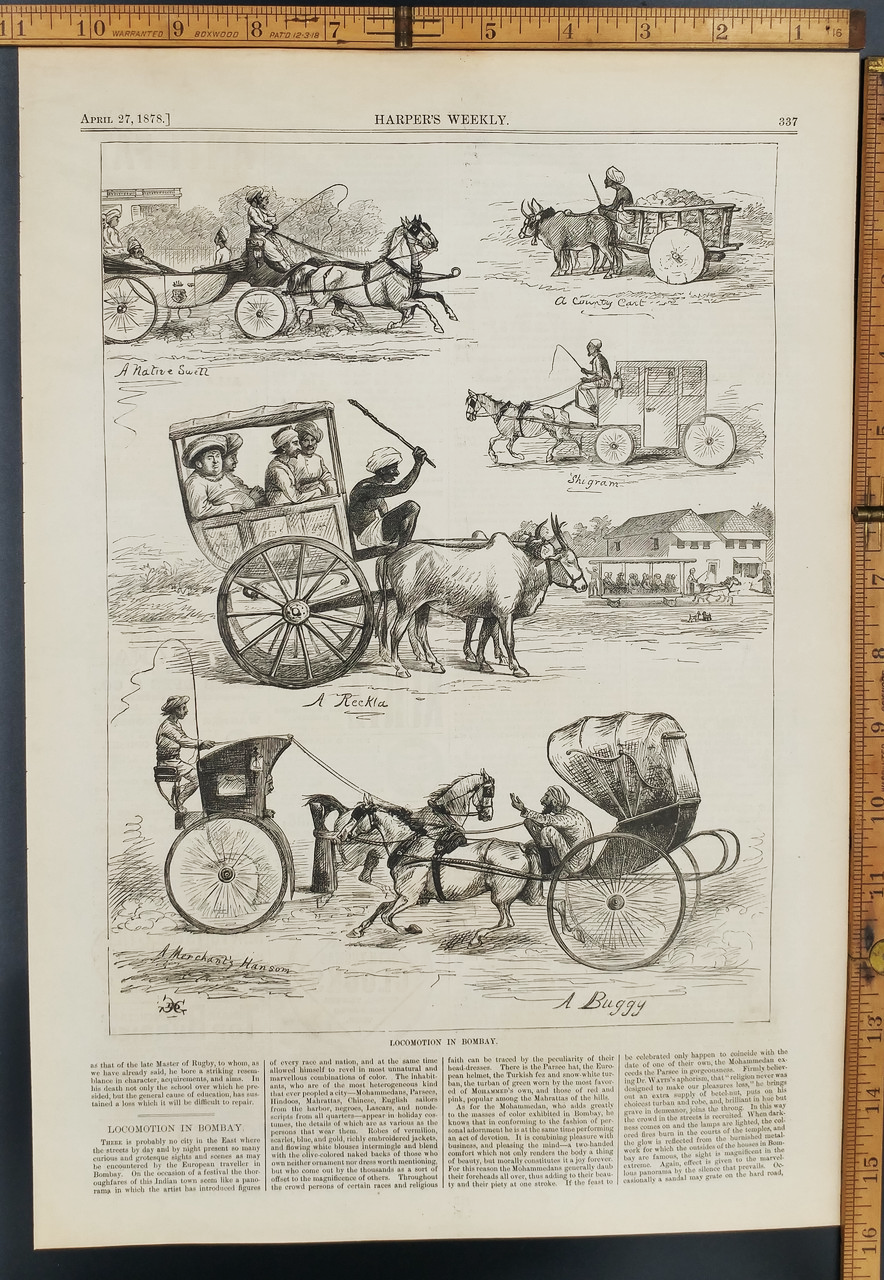
As Mumbai developed, its transportation system evolved. In the 19th century, horse-drawn carriages known as ‘gharrys’ started to appear on the streets, representing a significant advancement. However, the major turning point came in 1882 with the introduction of the ‘Victoria’, its modified version. These carriages gained widespread popularity, and by the end of the century, around 30 stands were established across the city. The ‘Victoria’ marked a pivotal moment in the evolution of Mumbai’s complex public transport network.
Modes of Transportation in the District
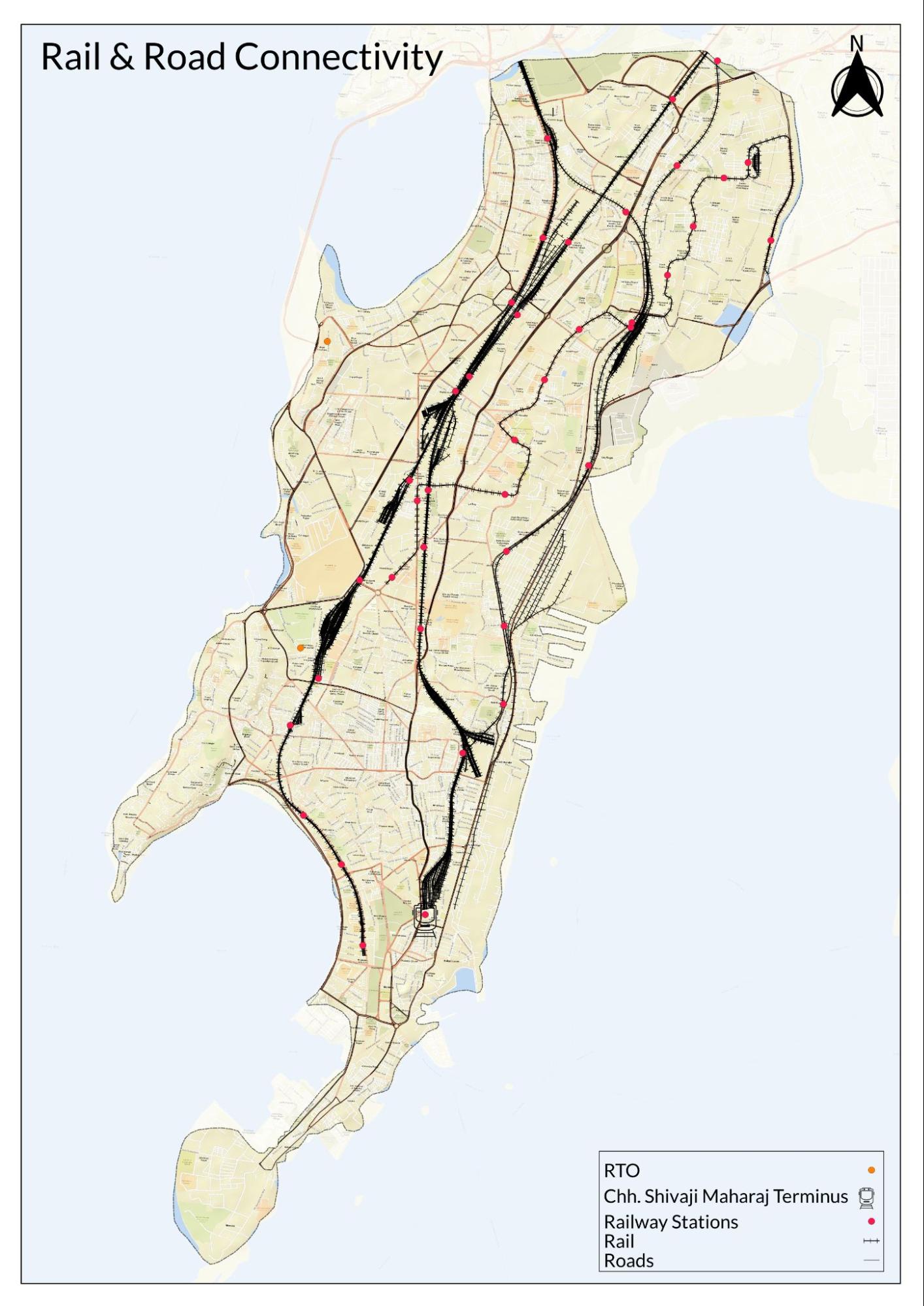
Ferries and Water Transport
Water transport in Mumbai dates back to the time when the Seven Islands of Bombay were under Portuguese control, later handed to the British in 1661. By the 1820s, with the expansion of trade between Europe and India, the opening of the ‘Overland Route’ reduced travel time to Europe from five months to just one and a half, prompting the construction of Mumbai’s first steamer in 1830. By 1850, Bombay had become a thriving port city, and the opening of the Suez Canal in 1870 further solidified its role in global trade.
Mumbai’s maritime history is deeply tied to its fishing communities, particularly the Kolis, who have lived along the coast for over 500 years. They played a crucial role in the city’s economy, especially with their trade at Sassoon Dock, established in 1875. As the city expanded, the Kolis were relocated to areas now known as Koliwadas but remained central to the city’s fish trade.
Mumbai Port, established in 1873, has seen 150 years of growth. It became a vital harbor under Chhatrapati Shivaji Maharaj and accelerated its development under British rule, especially after the East India Company’s monopoly ended in 1813. Key infrastructure developments like Sassoon Dock (1875), Prince’s Dock (1880), and Alexandra Dock (1914) transformed it into a global trade hub. The port also played a historic role in India’s independence, marked by Mahatma Gandhi’s return in 1915. Today, Mumbai Port handles various cargo types and is set to become India’s cruise capital with a new terminal designed to handle 80% of the country’s cruise passengers.
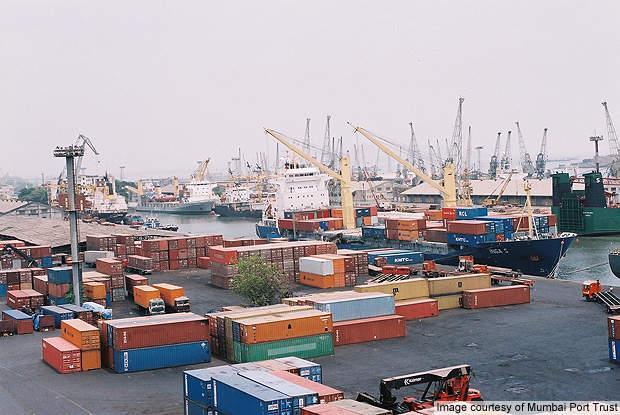
In modern times, ferries provide eco-friendly alternatives to road transport, offering scenic views and reducing traffic congestion. These services connect Mumbai to popular destinations like Alibaug, Gateway of India, Elephanta Caves, and Mandwa, though they may be suspended during peak tourist seasons or the monsoon months. Since December 2023, electric water taxis have been operating between Mumbai’s Gateway of India and Navi Mumbai’s Belapur. These 24-seater taxis can run up to four hours on a single charge, offering an eco-friendly alternative to diesel-powered taxis, which consume 140 liters of fuel per hour, with speed up to 12 nautical miles. The service runs five days a week and can carry up to 200 passengers, providing a cleaner option for commuters along this popular route.

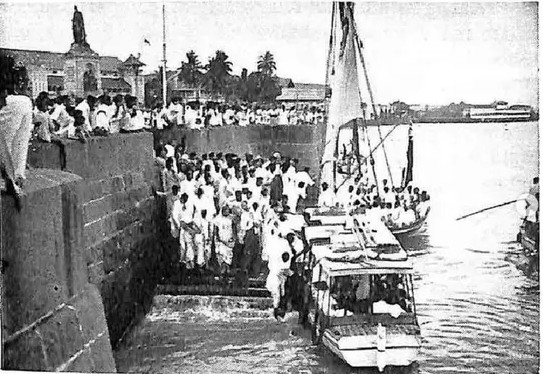
Railway Systems
The Great Indian Peninsula Railway Company (G.I.P.) was established in 1849. Its first train – marking the first in India – made its maiden journey from Bombay to Thane on April 16, 1853. Shortly after, the Bombay, Baroda and Central India Railway (BB&CI) was launched in 1855. By 1865, the rail route reached Bhor Ghat, and by 1870, rail links connected Bombay with Calcutta (Kolkata) and Madras (Chennai). Churchgate Station was officially opened as a vital terminus for local trains. In 1925, the introduction of Electric Multiple Units (EMUs) on the Central Line, connecting Victoria Terminus to Kurla, marked a significant leap forward, enhancing both travel times and passenger comfort. Today, Mumbai Central and Chhatrapati Shivaji Maharaj Terminus (formerly known as Victoria Terminus) stand as Mumbai City’s primary stations, serving as the key termini for long-distance trains, the latter serving as the headquarters for India’s Central Railways.
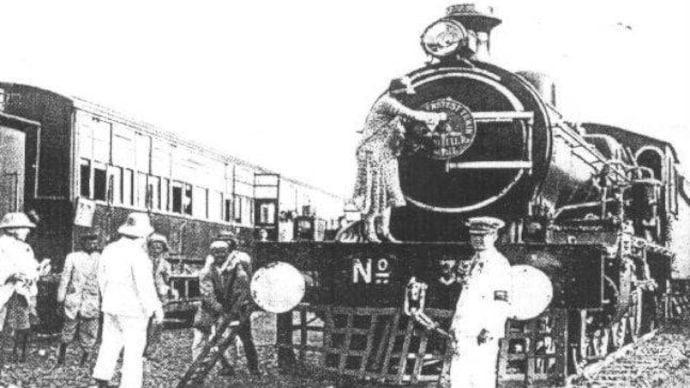
Tram Systems
In 1873, the Bombay Tramway Co. Ltd. was founded and began operating horse-drawn tramways on two routes: Colaba to Pydhonie via Crawford Market, and Bori Bunder to Pydhonie. The tram network expanded over time, covering areas such as Grant Road, Pydhonie, Girgaum, Byculla Bridge, and Sassoon Dock. With the introduction of electric trams, the routes were extended to King Circle, and Dadar became the main tram terminus.
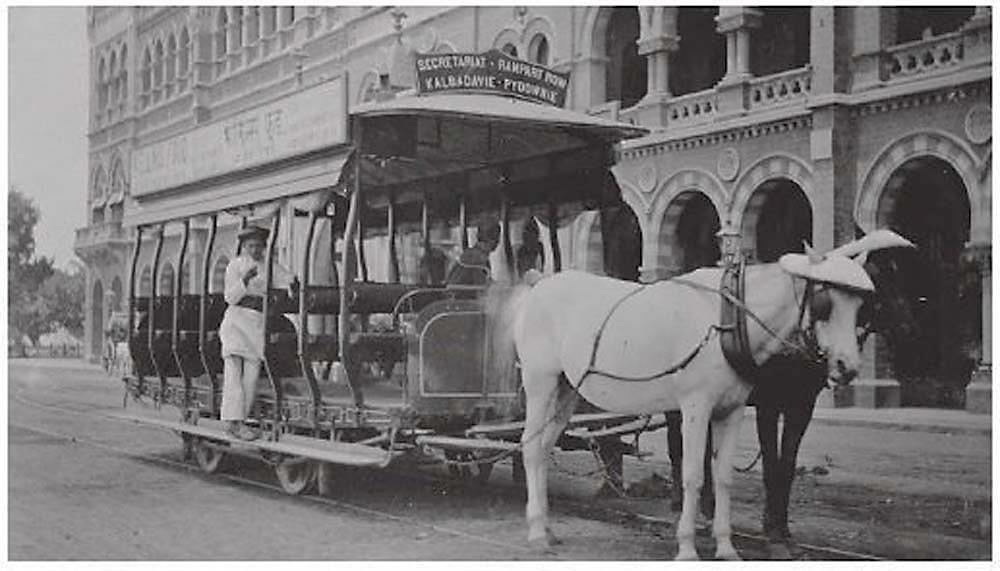
On 27 June, 1905, the Bombay Electric Supply and Tramways Company Ltd. (B.E.S.T.) acquired the Bombay Tramway Co. Ltd. and began operating the city’s first electric tram system, replacing the horse-drawn trams. However, with the rise of bus services, the last tram ran on the streets of Mumbai on 31 March, 1964, between Bori Bunder and Khodadad (present-day Dadar T.T.) at 10 pm.

Overview of Bus Services
Between 1913 and 1926, authorities debated whether to introduce trolley or motor buses, ultimately choosing the latter. The bus service launched on 15 July, 1926, with 24 buses on three routes: Colaba to Crawford Market, Dadar Terminus to King’s Circle, and Opera Tram Terminus to Lalbaug. Despite opposition from horse-drawn carriage drivers, the service was well-received, with passengers growing from 6 lakh in 1926 to 38 lakh in 1927. Buses were also hired for private use by 1927; an interesting feature of the buses that ran between 1928 and 1930 was that each of them had a post box for passengers to drop letters.

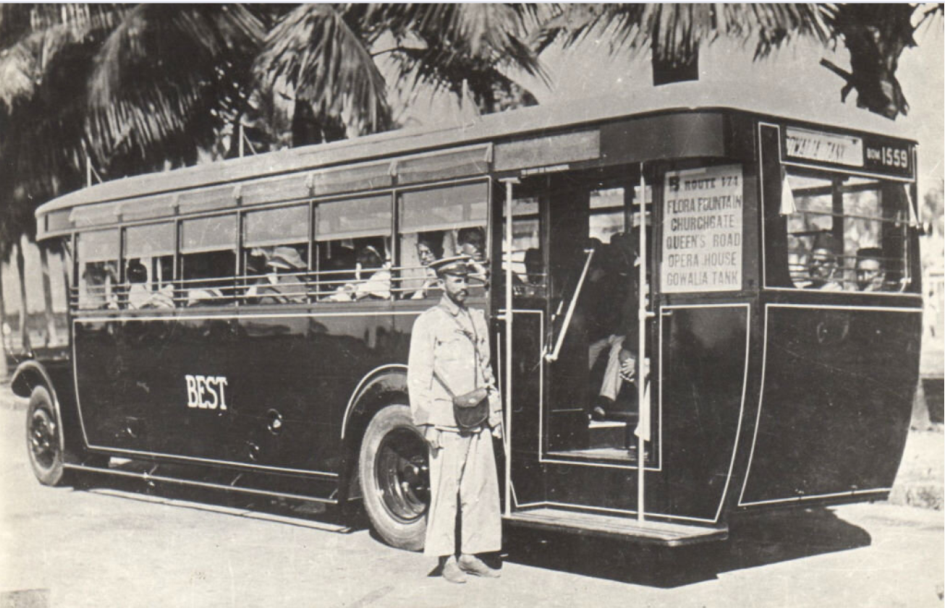
In 1937, the iconic double-decker buses were introduced to accommodate the increasing passenger load, offering greater capacity. Initially, there were no restrictions on the number of passengers a bus could carry. However, by 1939, the impact of the Second World War – shortages of tyres and petrol rationing – led to overcrowding on buses; this resulted in occasional scuffles between passengers and conductors. To address this, a statutory amendment was introduced, limiting the number of standees on the lower deck. Although double-deckers became popular, their high operational costs, including the need for an extra conductor and more construction materials, led to a decline in their numbers as passenger demand decreased.
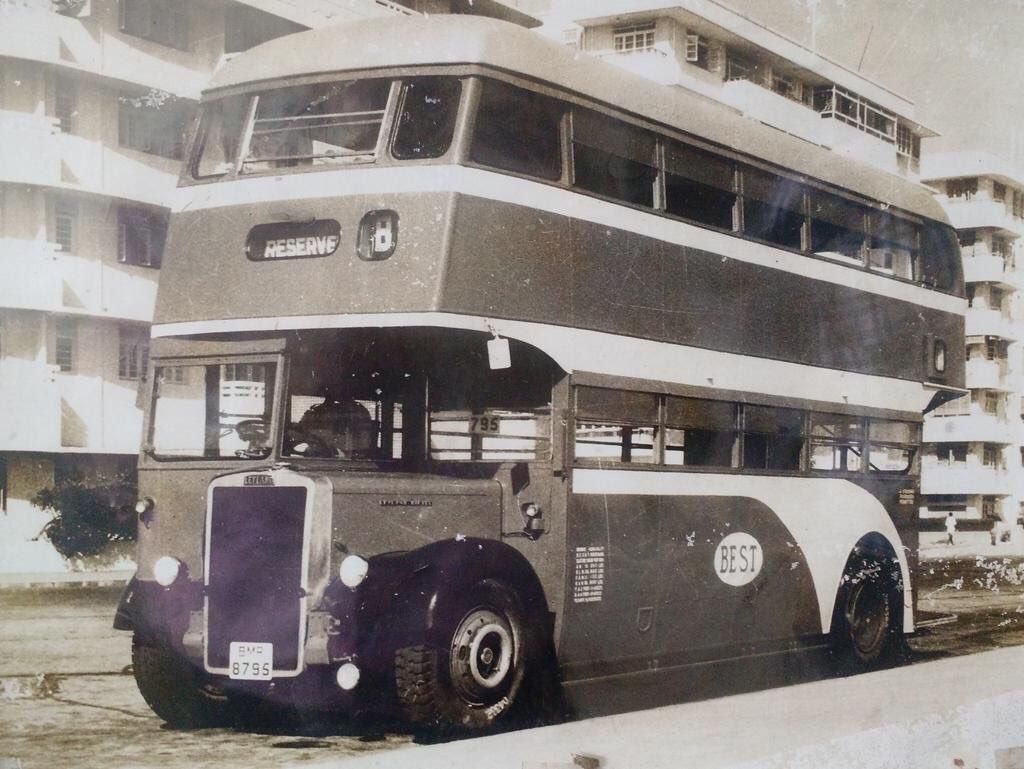
In August 1947, just before India’s independence, the Bombay Municipal Corporation acquired B.E.S.T., which expanded bus services to the western suburbs in 1949 and eastern suburbs in 1955. B.E.S.T. also innovated with trolley buses in 1962, articulated buses in 1970, and introduced open-top tourist buses and air-conditioned buses to further improve Mumbai’s public transport system.
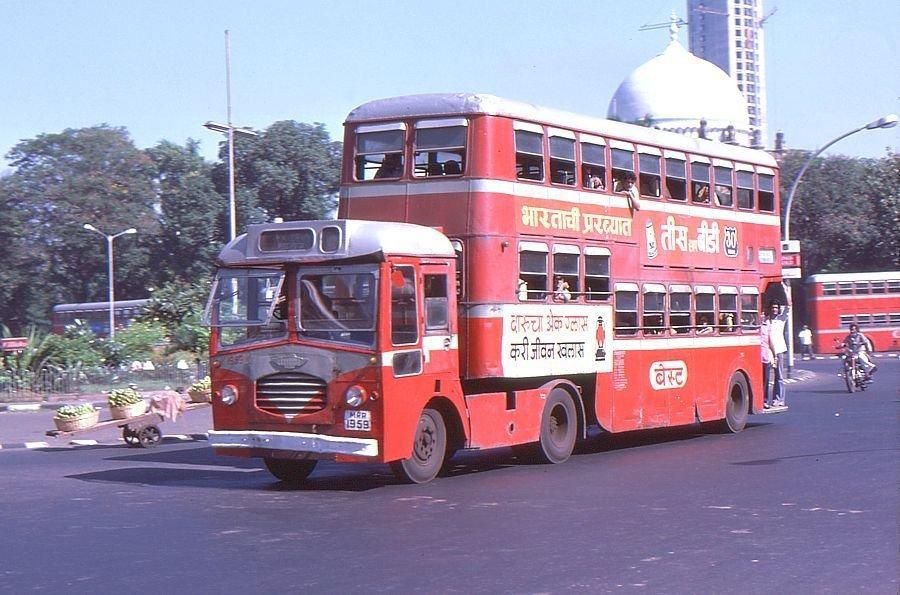

Taxis & Shared Vehicles
In Mumbai City district, kaali-peeli taxis remain a familiar part of the streets, instantly recognised by their black-and-yellow colours. They continue to serve the island city as an everyday means of local travel, connecting residents and visitors to railway stations, markets, offices, and neighbourhoods. In recent years, app-based cabs like Uber and Ola have offered another option for commuters, providing doorstep pick-up that many prefer during peak heat or heavy rains. Shared taxis also operate on some routes, especially near major stations like Dadar, offering quick connections within the city or to nearby destinations such as Pune.
These familiar taxis have a very long and fascinating history. The city’s first motor taxis appeared in 1909, when growing distances between homes and workplaces called for faster transport. The first vehicle — a Napier cab — arrived through Messrs. Marcks and Company, modelled on London’s early motor cabs. By year-end, the Indian Motor Cab Company had formed to expand the fleet under a contract with the English firm Charron Limited.
The black-and-yellow colour scheme only became standard after Independence. Before that, taxis were painted in various colours: yellow for first-class, red for second-class. Many drivers recall that the shift to kaali-peeli taxis took place during Prime Minister Morarji Desai’s term.
Taxi models have changed over time too — from early Hillmans, Austins, Fords, and Chevrolets to Ambassadors and, most notably, the Premier Padmini, which arrived in the 1960s. The Padmini soon became Mumbai’s iconic taxi, lasting until production stopped and rules required older cars to be retired.
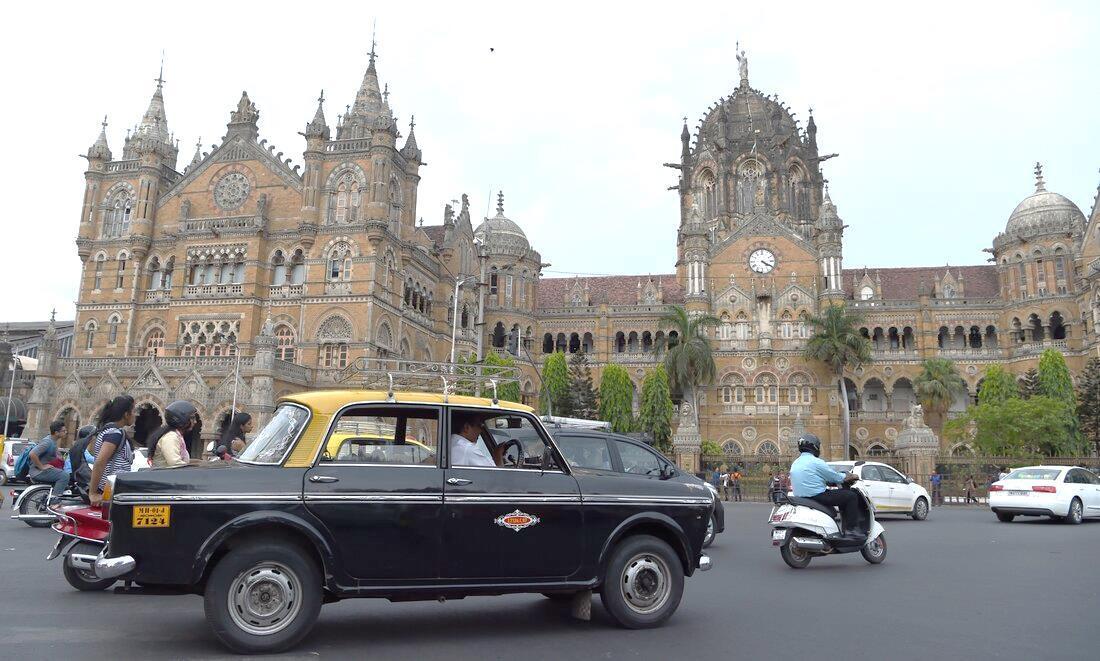
Today, several unions represent taxi drivers, some of which are affiliated with political parties. One of the most influential is the Mumbai Taxi Men’s Union (MTU), founded on January 24, 1960, by Englishman George Fernandes, with A. L. Quadros serving as its longest president. The MTU has been a key advocate for taxi drivers’ rights, securing more taxi stands, gas refill stations, and combating corruption. However, the rise of ride-hailing services like Uber and Ola in recent years threatens the livelihoods of Mumbai’s traditional taxi drivers, putting the future of this century-old institution at risk.
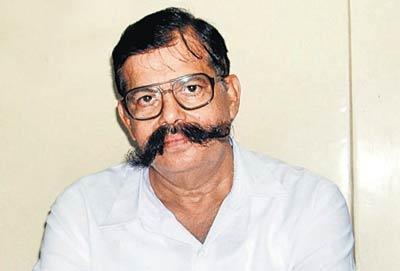
Mumbai Metro and Monorail
Mumbai’s metro network has been designed to reduce traffic congestion in the city; it is built in three phases and expected to be officially completed by October 2026. Besides, the second underground metro system, i.e. Wadala-CSMT Metro 11, has had its route realigned to serve Byculla, Fort and Gateway of India, some of the most crowded and popular parts of South Bombay; this project costs ₹. 16,000 CR, and is expected to be functional by the year 2030.
In 2008, the decision was made to introduce the Monorail as a feeder to the Mass Rapid Transit System to alleviate congestion in narrow areas. India’s first Monorail spans 20 km from Chembur to Sant Gadge Maharaj Chowk. After a feasibility study by RITES, Larsen & Toubro and Scomi Engineering were appointed as contractors. The project which cost ₹. 2,460 CR was completed in two phases: Phase I (Wadala to Chembur) in February 2014, and Phase II (Wadala to Sant Gadge Maharaj Chowk) in March 2019.
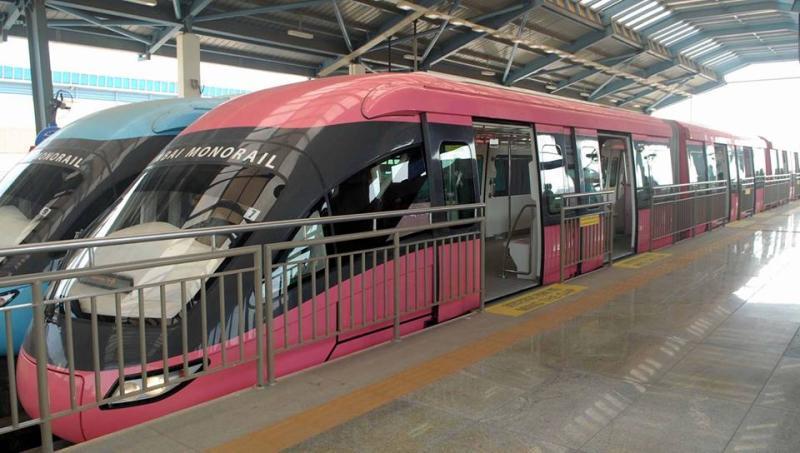
Traffic Map
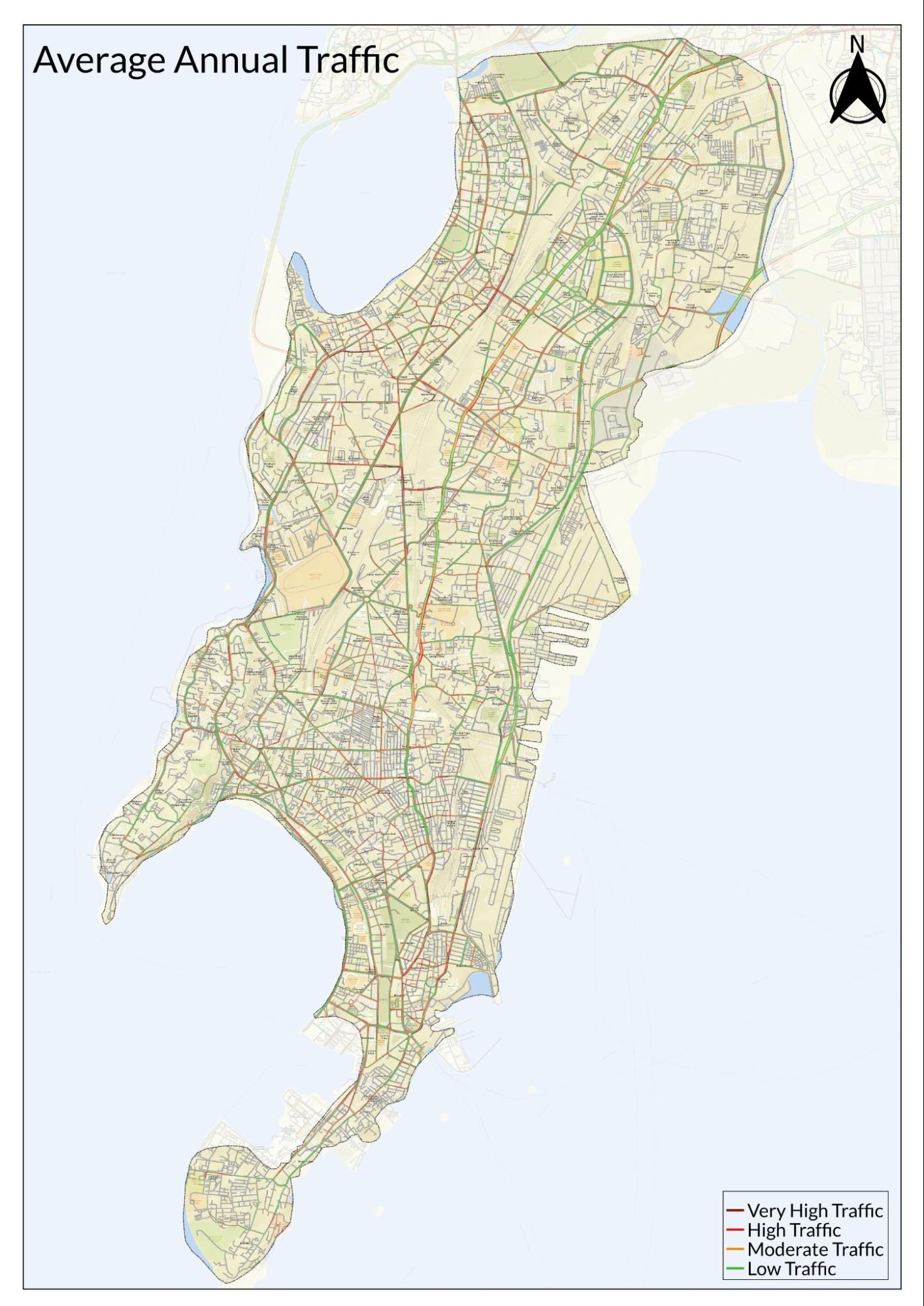
Communication Networks
Print Media
In the late 18th century, two newspapers launched Bombay’s print media: the ‘Bombay Courier’ (1790) and the ‘Bombay Gazette’ (1791), both in English. Local-language newspapers were not possible likely due to the lack of local printing types. By 1810, Bombay had only two printing presses, the Courier and Gazette presses, printing these respective English newspapers and some materials written in regional language like government notices in Gujarati and Persian.
Fardonjee, who visited the Courier Press, mastered the art of printing and created a new set of Gujarati types. In 1812, he established his own press, Fardonjee Marzbanjee’s Chhapkhana, and in 1814 published the first Gujarati almanac. In 1818, he printed the Persian titled book ‘Dabestan-ul Mazahib’, the first illustrated book in Gujarati.
Fardonjee sought permission from Sir Mountstuart Elphinstone, the Governor of Bombay, to publish a weekly Gujarati newspaper. With funding from selling inherited manuscripts, Fardonjee launched ‘Bombay Na Samachar’ (later ‘Bombay Samachar’) on July 01, 1822, making it the first Indian-language newspaper printed from regular types on wooden blocks. Priced at ₹. 2 per month, it attracted subscribers from various communities. Today, ‘Bombay Samachar’, along with the Bombay Chronicle, is run by the Cama family, who took over in 1933.[16]

Maimoona Dalvi focused on exploring the growth and spread of the Urdu language in Bombay, examining it in all its forms: prose, poetry, newspapers, printing presses, educational and cultural institutions, and theatre. Although the first Urdu newspaper was published in Bombay in 1824, Dalvi could trace surviving issues only from 1874. The limited collection of Urdu newspapers available at the time was found at the Karimi Library and Madrasa Mohammadiya, Jama Masjid Bambai. While the Urdu resources were sparse compared to those in Gujarati or English, Dalvi made effective use of them.
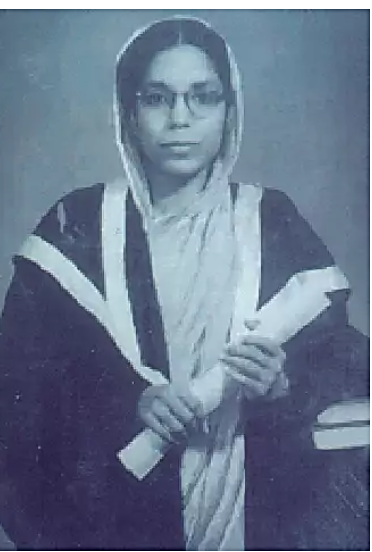
Her doctoral thesis, later published as ‘Bambai Mein Urdu’ (‘Urdu In Bombay’), remains the most comprehensive study of 19th century Bombay through the lens of Urdu. Drawing on a diverse range of printed and manuscript materials, many previously untapped by scholars, Dalvi documented the socio-cultural development of the city, tracing the growth of institutions, cultures, and social groups within Mumbai’s Urdu community. Dalvi’s thesis was published in 1970, nearly a decade after she completed her doctorate; it has since become a standard reference work for all aspects of Urdu in Bombay.
During the early phase of India’s freedom struggle, print media played a key role in social reform and political activism. Bal Shastri Jambhekar’s ‘Darpan’ (1832) became a platform for reform, while Dadabhai Naoroji edited ‘Rast Goftar’ (1851) and later ‘Voice of India’ (1882), contributing to the nationalist movement. Bal Gangadhar Tilak’s ‘Kesari’ (Marathi) and ‘Mahratta’ (English), both launched in 1881, fused nationalism with religious symbolism, emphasizing the former as ‘night watchmen of the country’. The ‘Bombay Chronicle’, founded by Sir Pherozeshah Mehta, and edited by B.G. Horniman, was a strong advocate for freedom, earning Mahatma Gandhi’s praise. Dr. B.R. Ambedkar launched ‘Mook Nayak’ (weekly), ‘Bahishkrit Bharat’ (fortnightly), and ‘Janata’ (weekly magazine), focusing on Dalit rights and broader social equality; these publications played a crucial role in shaping India’s struggle for independence and social reform.
Founded in 1838 as ‘The Bombay Times and Journal of Commerce’, the newspaper initially served British residents in western India. It became a daily in 1851, and was renamed ‘The Times of India’ in 1861. After independence, its reputation grew due to its commitment to accuracy, serious tone, avoidance of scandals, and extensive international news coverage, which occupied a quarter of its editorial space. Over time, it gained prestige as an intellectual newspaper; today, it is one of India’s most influential newspapers, circulating nationally and covering a broad range of topics with an attractive and readable style.
Radio and Broadcasting
Broadcasting in India began in June 1923 with the Radio Club of Bombay’s first broadcast, followed by the Calcutta Radio Club in November 1923. The Indian Broadcasting Company (IBC) was established in 1927 but went bankrupt in three years, mainly catering to the British and westernized Indians. In 1939, Lionel Fielden, the ‘Father of Indian Broadcasting’, noted the failure of the IBC, citing lack of public interest in art forms and inadequate broadcasting channels outside major cities. In 1930, broadcasting came under the control of the Department of Labour and Industries, forming the Indian State Broadcasting Service (ISBS), which took over IBC’s assets and was responsible for collecting the annual license fee until it was abolished in 1985.
On 8 August, 1942, Mahatma Gandhi called for the British to ‘quit India’, leading to widespread protests. In response, a group of Bombay-based college students set up Congress Radio to bypass British censorship and broadcast news of the Quit India movement. Despite its limited reach, the station became a symbol of resistance. Congress Radio was one of several underground stations, but it gained fame over others in Calcutta, Ahmedabad, and Pune. The leading organizers were Usha Mehta, Vithaldas Khakar, Vithaldas Jhaveri, and Chadrakant Jhaveri, none of whom were prominent activists or trained broadcasters; other notable supporters included writer Khwaja Ahmad Abbas, wireless dealer Nanak G. Motwane, and socialist Congressman Ram Manohar Lohia.
Congress Radio not only broadcasted news updates about the Quit India movement but also aired original talks focused on workers’ rights, aligning the station with the left-leaning wing of the Indian National Congress, which was supported by Lohia. The third major component of Congress Radio’s programming consisted of news bulletins that reported on uprisings and protests in various cities across India, providing updates on the progress of the Quit India movement.
Graphs
Road Safety and Violations
Transport Infrastructure
Bus Transport
Communication and Media
Sources
Anil Agarwal. 2024 ‘Mumbai Metro: Route, Map, Metro Lines, Stations List and Latest Updates’. Infra Info Hub.https://infrainfohub.com/mumbai-metro/
B. Arunachalam, et al. 1986-87. Maharashtra State Gazetteers: Greater Bombay District. Vol. I, II, III. Gazetteers Department, Govt of Maharashtra. Mumbai.
Chhavi Sharma. ‘Kaali-peeli: Yeh hai Mumbai ki jaan.’ Mumbai Reader.https://udri.org/wp-content/uploads/Mumbai%2…
India Today. 2017. ‘India’s first train run took place today, 164 years ago: 7 fastest trains in the world’. India Today.https://www.indiatoday.in/education-today/gk…
Isabel H. Alonso. 2024. ‘The Voice of Freedom: Congress Radio’s Challenge to British Rule’. The India Forum.https://www.theindiaforum.in/history/voice-f…
Kamakshi Ayyar. 2014. ‘Photos: Time-Travelling With Mumbai’s Iconic BEST Buses.’https://www.kamakshiayyar.com/editorial/mumb…
Livemint. 2023. ‘Mumbai to start electric water taxi services on THIS route from December. Details here’. Mint.https://www.livemint.com/news/india/mumbai-t…
Manthank Mehta. 2024. ‘Mumbai underground new metro to link Byculla, Crawford, Fort and Gateway’. Mumbai, The Times of India.https://timesofindia.indiatimes.com/city/mum…
MeMumbai. 2024. ‘History of Tram Service in Mumbai’.https://memumbai.com/trams/
Murali Ranganathan. 2023. ‘Print History: Newspaper Historians of Bombay’. PrintWeek.https://www.printweek.in/features/whats-the-…
Pratik Dave. ‘How best is Mumbai’s ‘BEST’?: The Public Transport Tale of India’s Richest City’. SmartCitiesDivehttps://www.smartcitiesdive.com/ex/sustainab…
S. M. Edwardes. 1909. Gazetteer of the Bombay Presidency: Bombay City and Island. Vol. I, II, III. Times Press, Bombay.
Shashank Rao. 2015. ‘It’s taxi drivers vs traffic cops, as cab stands disappear in Mumbai’. Mid-Day.https://www.mid-day.com/mumbai/mumbai-news/a…
Smruti Koppikar. 2017. ‘Bombay’s freedom trail: The press and editors’. Hindustan Times.https://www.hindustantimes.com/mumbai-news/b…
Snehal Mutha. 2024. ‘BEST celebrates 150 years of its service in Mumbai’. The Hindu.https://www.thehindu.com/news/cities/mumbai/…
Sushmita Pathak. 2020. ‘Mumbai Takes Its Vintage Padmini Taxis Off The Road For Good’. NPR.https://www.npr.org/2020/01/04/793060610/mum…
Unit 2: Growth of Broadcasting. E-Gyankosh.https://egyankosh.ac.in/bitstream/123456789/…
World Health Organization. Road Safety. WHO, Geneva.https://www.who.int/health-topics/road-safet…
Yatri Railways. 2024. ‘New ferry rides from Mumbai 2024- Ferry services, travel timings, fares, nearby places’. Yatri Railways.https://yatrirailways.com/new-ferry-rides-fr…
Yatri Railways. 2024. ‘The History and Evolution of Mumbai Local Trains: From Then to Now’. Yatri Railways https://yatrirailways.com/the-history-and-ev…
Last updated on 6 November 2025. Help us improve the information on this page by clicking on suggest edits or writing to us.